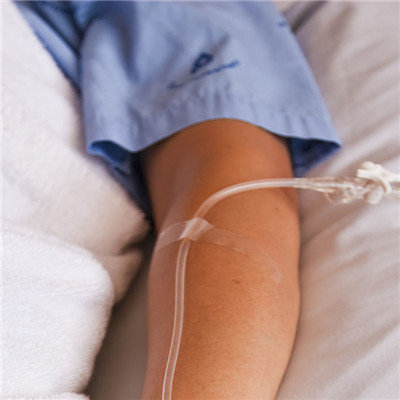Symptoms of anaerobic bacteria infection?
summary
Anaerobic bacteria are a kind of bacteria that grow better in anaerobic condition than in aerobic environment, but cannot grow on the surface of solid medium with air (18% oxygen) and (or) 10% carbon dioxide concentration. These bacteria lack a complete metabolic enzyme system, and their energy metabolism is carried out by anaerobic fermentation. It can cause infection in different parts of human body, including appendicitis, cholecystitis, otitis media, oral infection, endocarditis, endometritis, brain abscess, myocardial necrosis, osteomyelitis, peritonitis, empyema, salpingitis, septic arthritis, liver abscess, sinusitis, wound infection after intestinal surgery or trauma, pelvic inflammatory disease and bacteremia. Symptoms of anaerobic bacteria infection? Let's talk about it
Symptoms of anaerobic bacteria infection?
Focal suppurative infections, such as brain abscess and subdural empyema, are often associated with anaerobes. On the contrary, epidural empyema and meningitis caused by anaerobes are rare. Common upper respiratory tract infection and thoracic infection, and can cause pneumonia, lung abscess, necrotizing pneumonia and other diseases.

There are a lot of anaerobic bacteria in the normal intestinal tract, and abdominal infection is often related to intestinal flora pollution, so it has the characteristics of high isolation rate of anaerobic bacteria, and often mixed infection of a variety of bacteria. And can cause liver abscess, biliary tract infection, appendicitis, intestinal infection.

Almost all of the female genital tract infections caused by non sexual transmission include anaerobic bacteria. The common pathogenic bacteria include peptic Streptococcus, Prevotella (especially two-way Prevotella and peptone Prevotella), Beauveria and Clostridium (including Clostridium perfringens).

matters needing attention
Incision and drainage of local lesions, removal of necrotic tissue or invalid cavity, decompression of the lesion with obvious swelling and gas formation, and removal of coexisting malignant tumor, foreign body, obstruction and thrombus. In order to control the spread of infection and reduce toxemia, amputation and hysterectomy were performed when necessary. However, it is not necessary to cut and drain the liver abscess, brain abscess without obvious cyst wall and fallopian tube accessory abscess with good effect of antibiotics. The superficial anaerobes can be washed with hydrogen peroxide solution. Hyperbaric oxygen is suitable for the treatment of gas gangrene.













